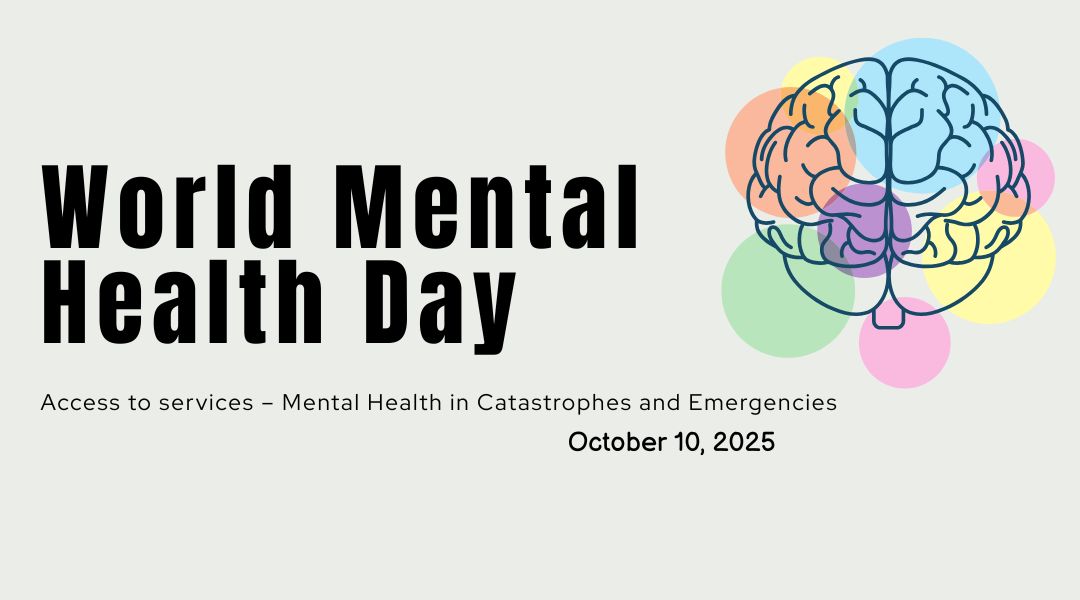
World Mental Health Day 2025: Access to Services – Mental Health in Catastrophes and Emergencies Team Kedarq October 10, 2025...
Introduction
World Physiotherapy Day, observed on September 8th every year, is a significant event that celebrate s the critical role physiotherapists play in health and wellness globally. This day, organized by World Physiotherapy, serves as an opportunity to raise awareness about the benefits of physiotherapy and its role in managing and preventing various health conditions. The theme for World Physiotherapy Day 2024 is “Low Back Pain (LBP) and the Role of Physiotherapy in Its Management and Prevention.” This theme focuses on one of the most common musculoskeletal conditions affecting people worldwide and highlights how physiotherapy can help in its management and prevention.
Understanding Low Back Pain (LBP)
Low back pain (LBP) is a widespread health problem that affects millions of people across the globe, impacting their quality of life and productivity. It is one of the leading causes of disability and affects people of all ages, from adolescents to the elderly. LBP can result from various factors, including poor posture, lack of physical activity, muscle strain, degenerative disc diseases, spinal injuries, or underlying medical conditions. It is often categorized as acute (lasting less than 6 weeks), sub-acute (lasting 6 to 12 weeks), or chronic (lasting more than 12 weeks).

The Role of Physiotherapy in Managing Low Back Pain
Physiotherapy plays a crucial role in the effective management of low back pain by using evidence-based techniques to reduce pain, restore function, and improve quality of life. Physiotherapists are trained professionals who specialize in diagnosing the root causes of low back pain and creating individualized treatment plans. Here are some key ways in which physiotherapy helps manage LBP:

Preventing Low Back Pain: The Role of Physiotherapy
Prevention is always better than cure, and physiotherapy plays a significant role in preventing low back pain by promoting a healthy lifestyle and proactive measures. Here are some preventive strategies:

Why This Theme Matters Today
Low back pain is not just a physical issue; it affects mental health, daily activities, and overall quality of life. According to the World Health Organization (WHO), LBP is among the top causes of years lived with disability worldwide. With a growing prevalence due to sedentary lifestyles, poor posture, and increasing work-from-home culture, addressing LBP through physiotherapy is more crucial than ever. Physiotherapy offers a non-invasive, drug-free, and holistic approach to managing LBP, focusing on empowering individuals to take control of their health.
How to Get Involved in World Physiotherapy Day 2024
Conclusion
World Physiotherapy Day 2024, with its theme focusing on low back pain (LBP) and the role of physiotherapy, highlights the importance of managing one of the most prevalent musculoskeletal conditions affecting people worldwide. By promoting awareness, prevention, and effective management of LBP, we can empower individuals to lead healthier, pain-free lives. Let us take this day as an opportunity to acknowledge the dedicated work of physiotherapists who help people move better, feel better, and live better every day.

World Mental Health Day 2025: Access to Services – Mental Health in Catastrophes and Emergencies Team Kedarq October 10, 2025...

World Lung Cancer Day: Spreading Awareness, Saving Lives Team Kedarq July 30, 2025 Every year on August 1st, the world...

World Brain Day – Brain Health for All Ages Team Kedarq July 11, 2025 Our brain is the command center...

School of Healthcare offers practical healthcare education to develop skilled paramedics. Our focus is on hands-on training and career-oriented learning.